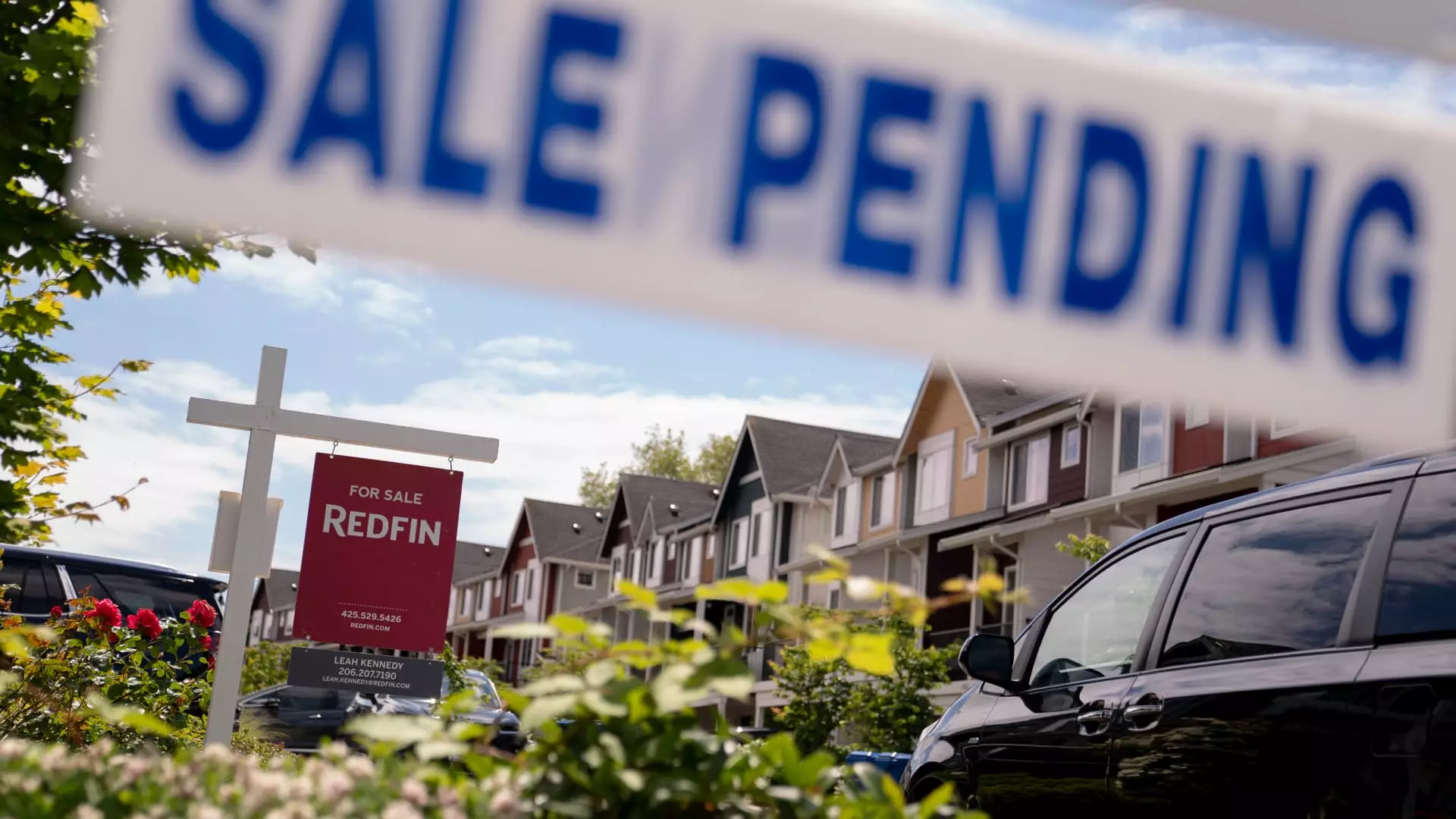As we entered the new year, January’s residential real estate market highlighted a concerning trend for potential homebuyers and sellers alike. The confluence of soaring mortgage rates and inflated home prices has significantly stifled home sales. For the first time since 2001, pending home sales—a critical barometer indicating the number of signed contracts for existing homes—plummeted by 4.6% from December, reaching their lowest levels on record, and marking a staggering 5.2% decrease compared to January 2024. Such figures reveal the profound challenges facing the housing market today.
Economic Pressures and Their Impact
The sharp decline in pending sales raises crucial questions about the underlying dynamics of the real estate market. Chief economist Lawrence Yun of the National Association of Realtors speculated on various factors influencing these disheartening trends. While harsh winter weather could have contributed to reduced buyer activity, it’s evident that the sustained pressure from high mortgage rates and home prices significantly undermines affordability. January’s mortgage rates were firmly above 7% for the entire month, which likely dissuaded potential buyers who may have otherwise considered entering the market.
The South, a traditionally vibrant region for home sales, faced the most severe drop in sales figures, contrasting sharply with the more stable conditions in the Northeast where sales improved slightly despite the frigid climate. This disparity underscores the variability in sales performance across different regions, suggesting that local market conditions and economic factors play critical roles in shaping buyer behavior.
Inventory versus Affordability: A Paradox
Interestingly, while home sales dwindled, the inventory of houses available on the market increased. According to Realtor.com, the rise in available homes—up 17% year-over-year—comes off the back of many sellers succumbing to market pressures and lowering prices. This scenario presents a puzzling contradiction: more inventory generally points to higher sales potential, yet the reality of increased supply has not translated to a significant uptick in buyer activity.
Hannah Jones, another key economist with Realtor.com, emphasizes that while more for-sale inventory could initially stimulate contract activity, the distribution of this inventory is not uniform across the country. This uneven growth complicates the national landscape, suggesting that certain markets may see a more pronounced effect while others struggle with an oversupply that doesn’t match local demand.
The January housing market reveals a complex interplay of factors that have led to a decline in home sales not seen in decades. High mortgage rates and home prices continue to challenge affordability, discouraging potential buyers. Meanwhile, the increasing inventory of homes presents a paradox that might not provide immediate relief. As we move forward, the question remains: will the market adapt and create conditions conducive to renewed buyer enthusiasm? Only time will tell if the combination of adjusting prices and evolving economic circumstances will yield a turnaround in the housing market as we progress through 2024.

